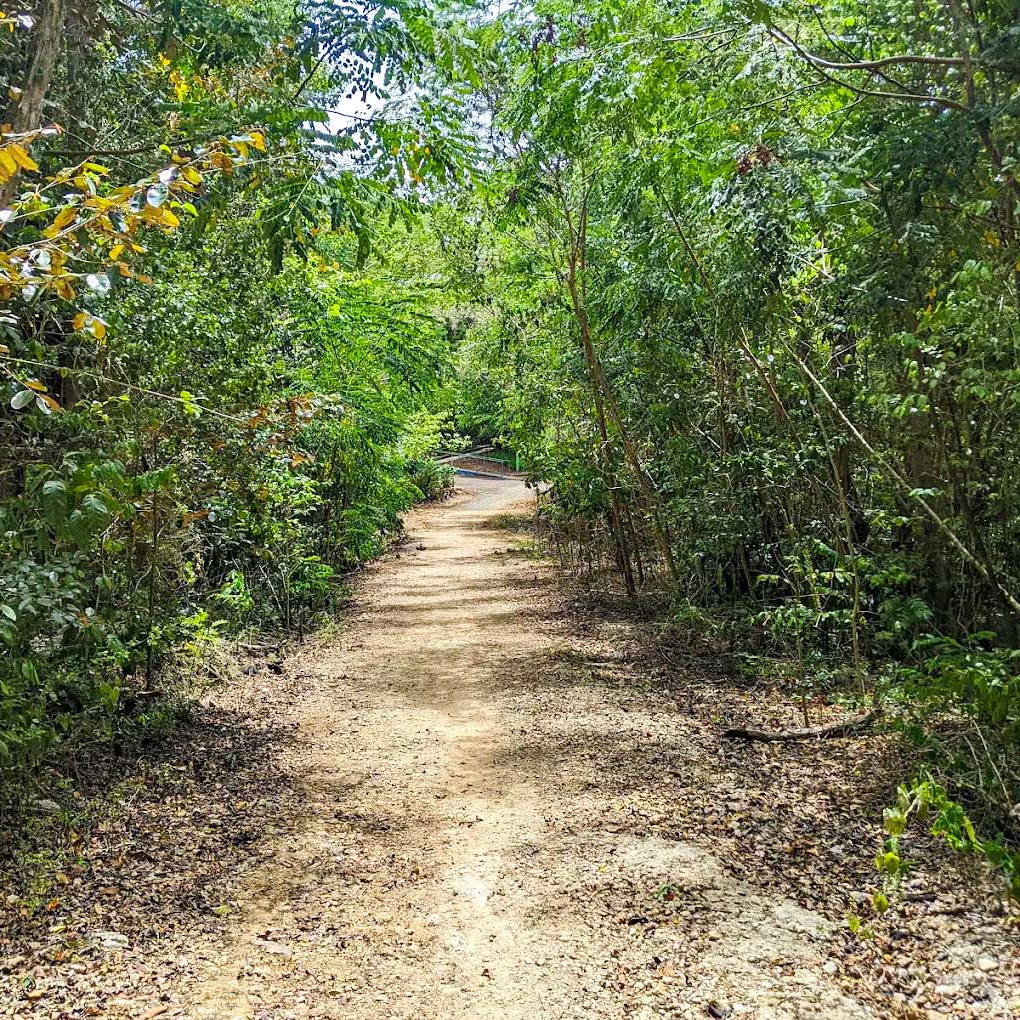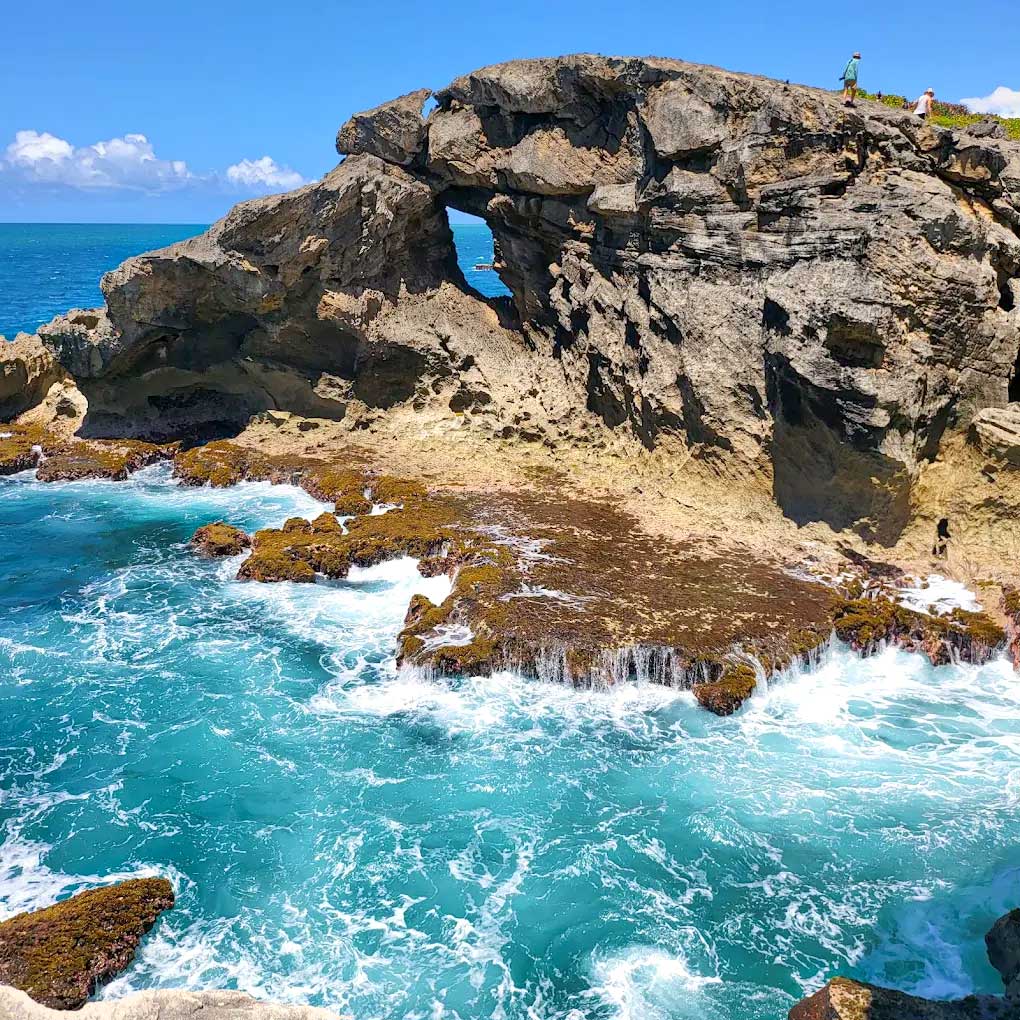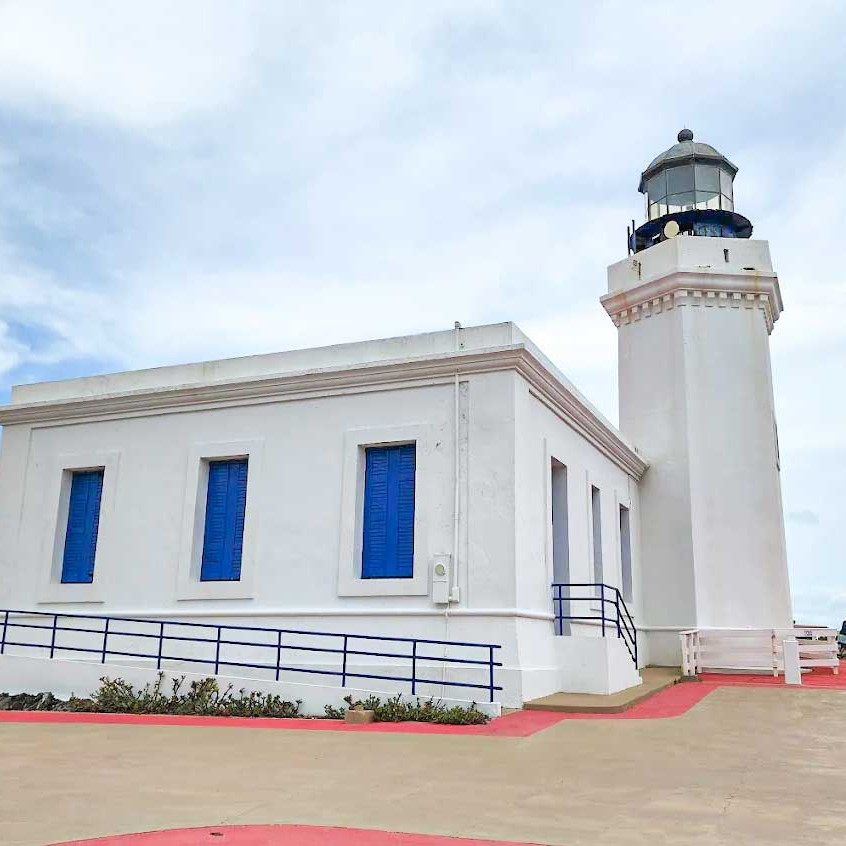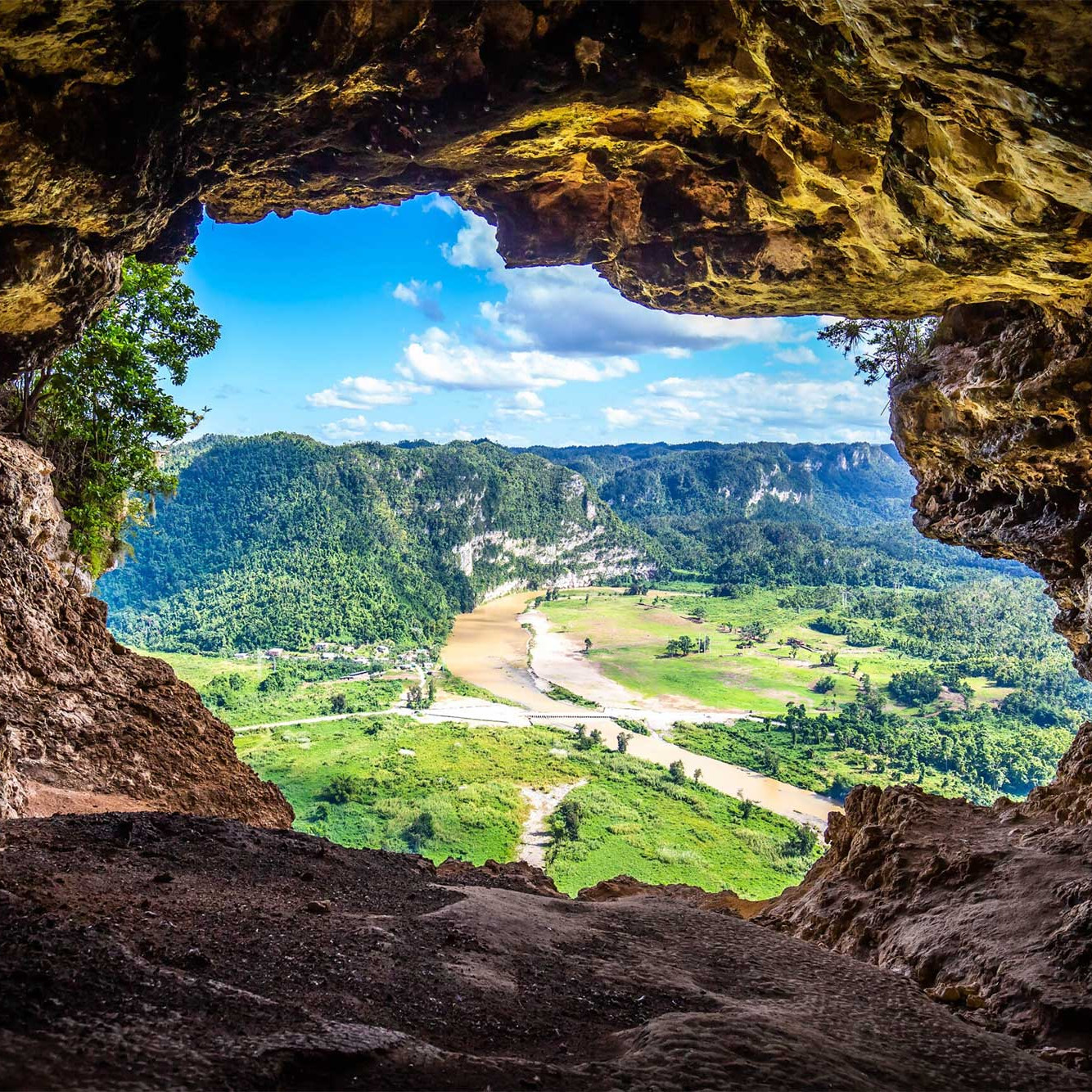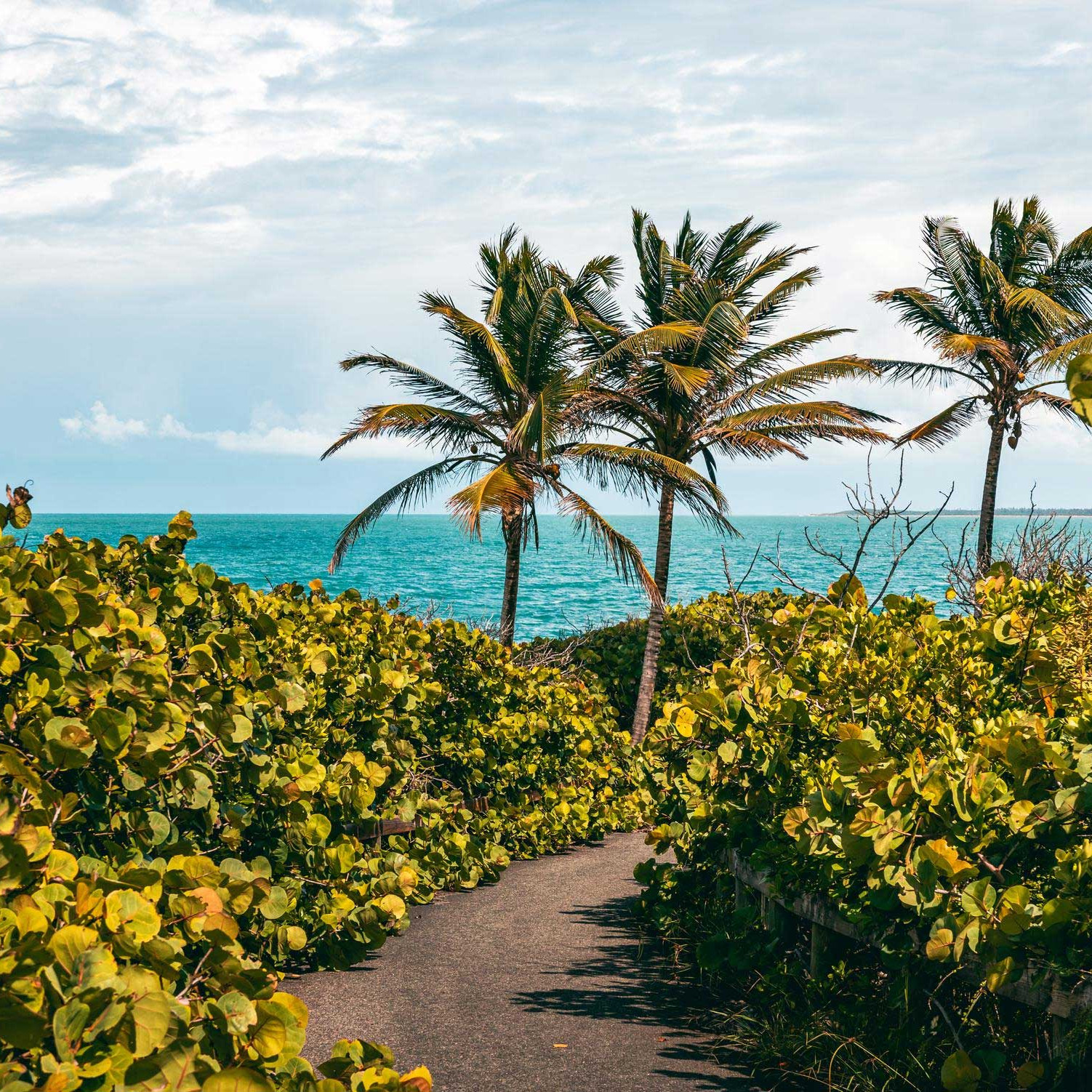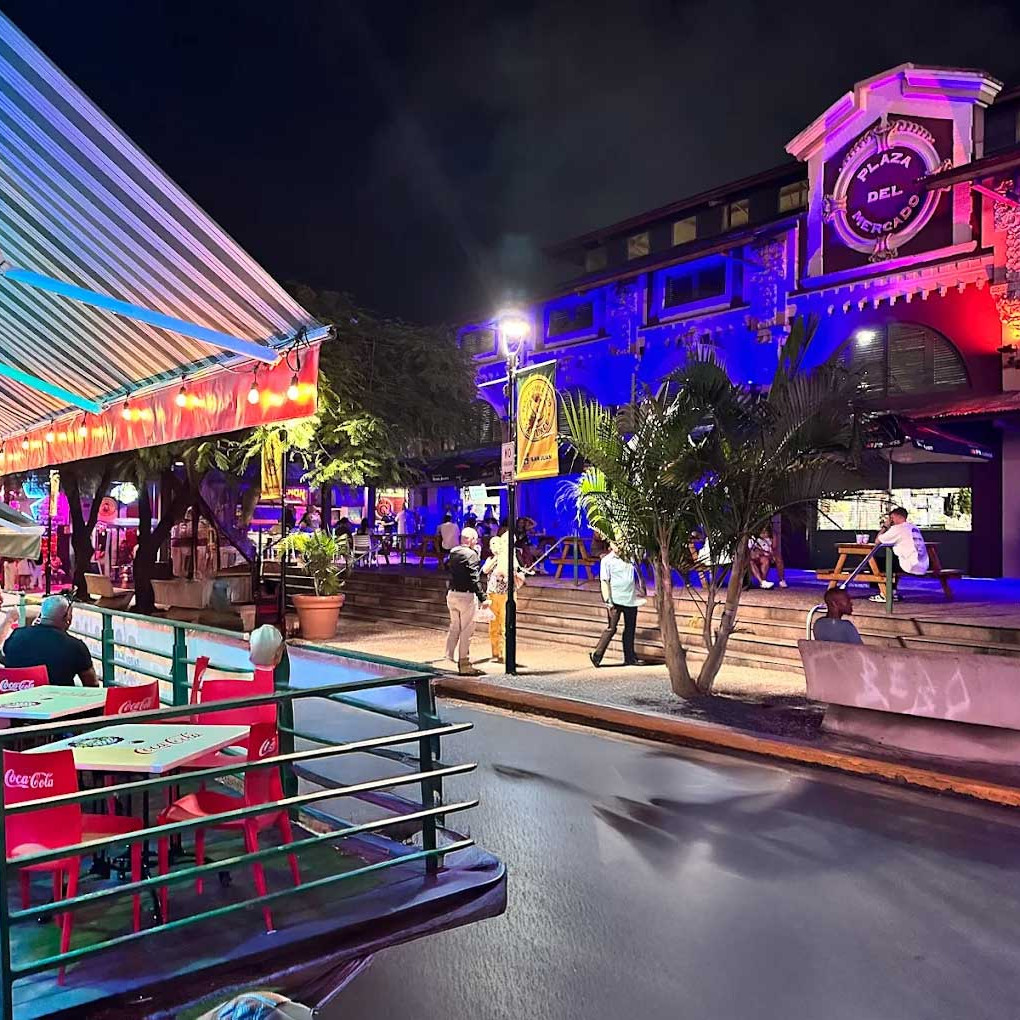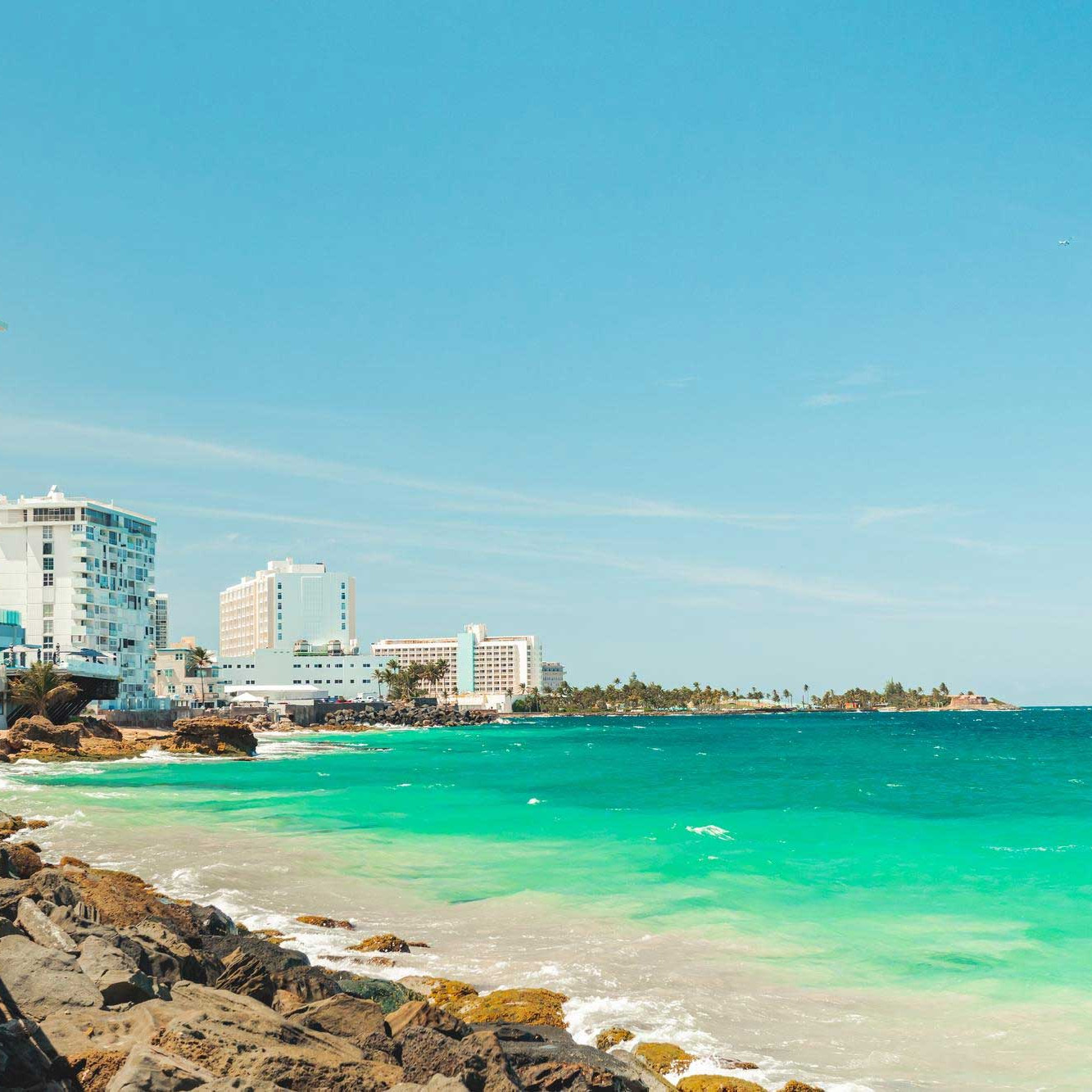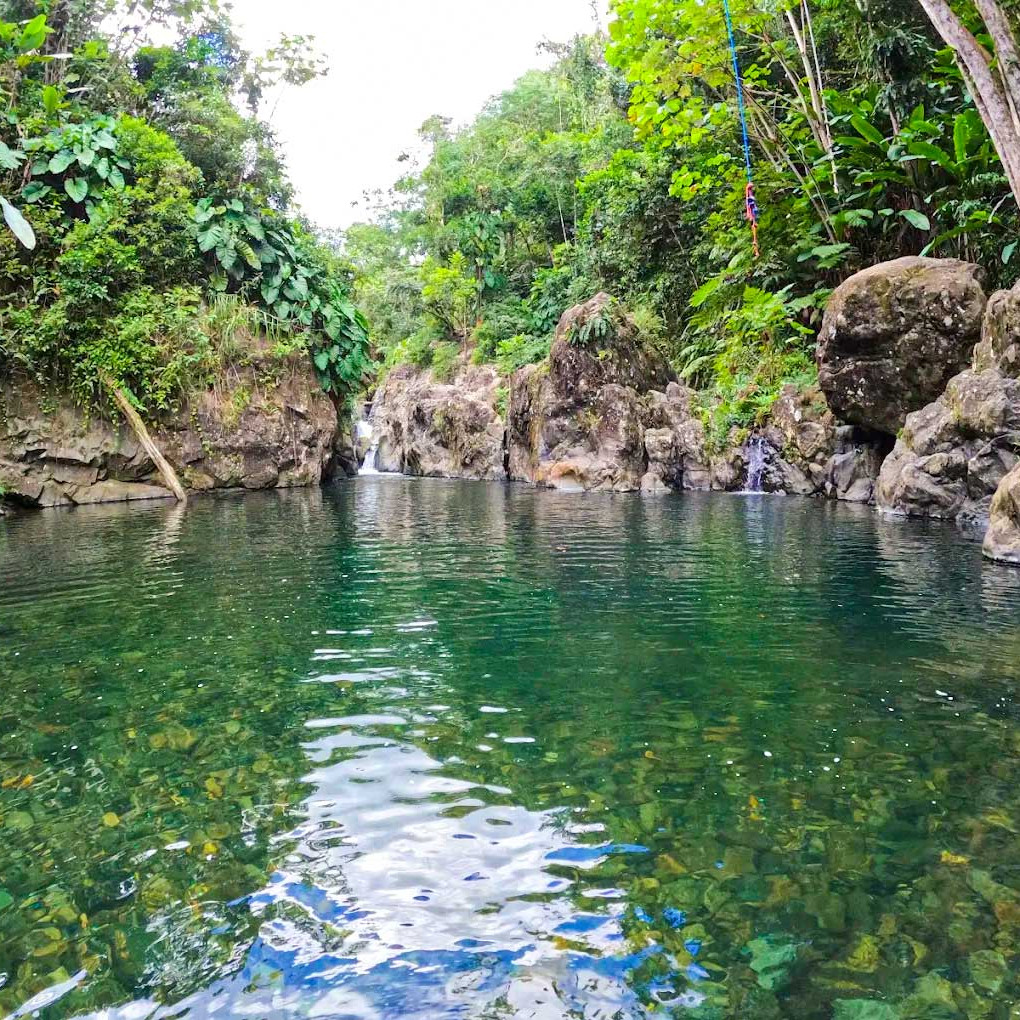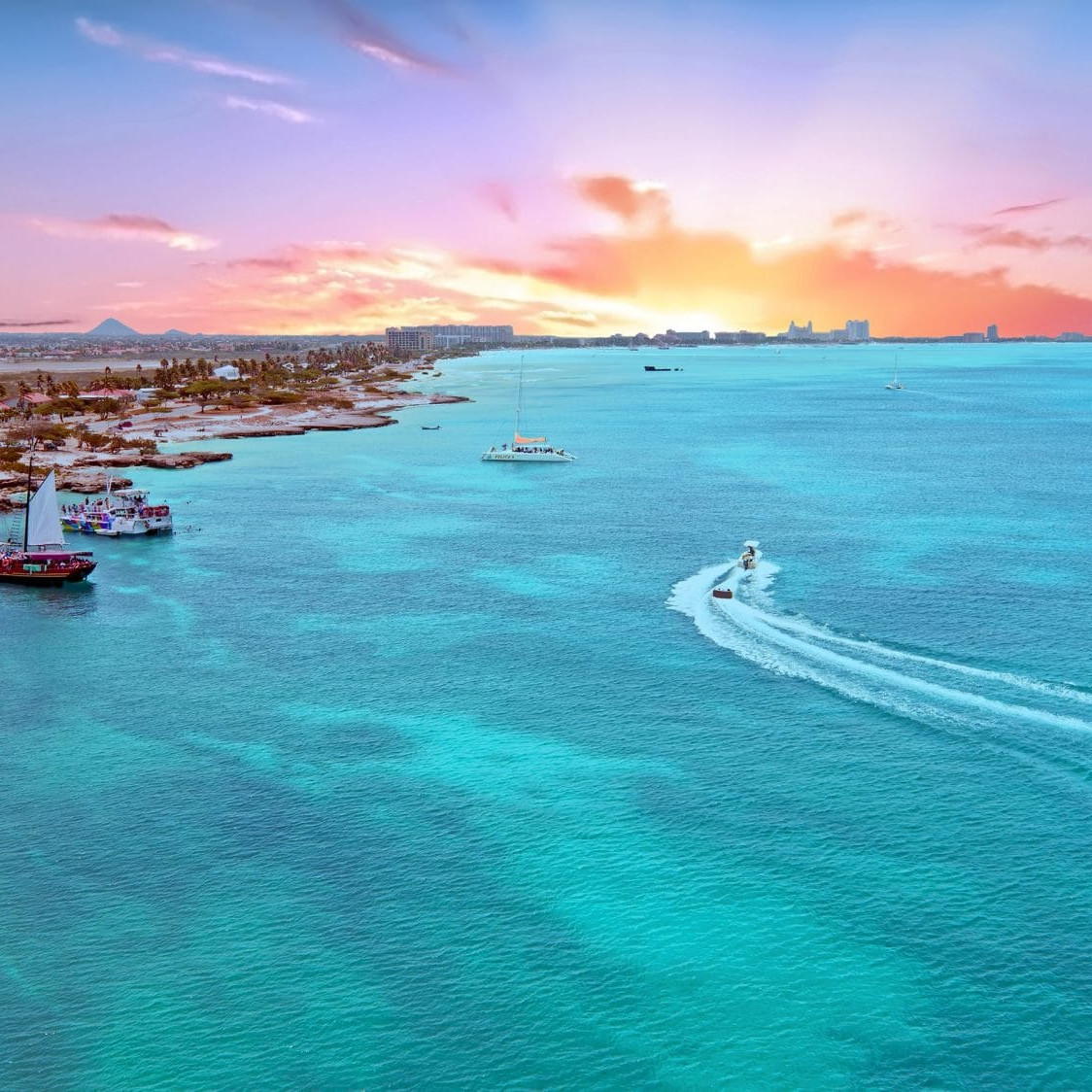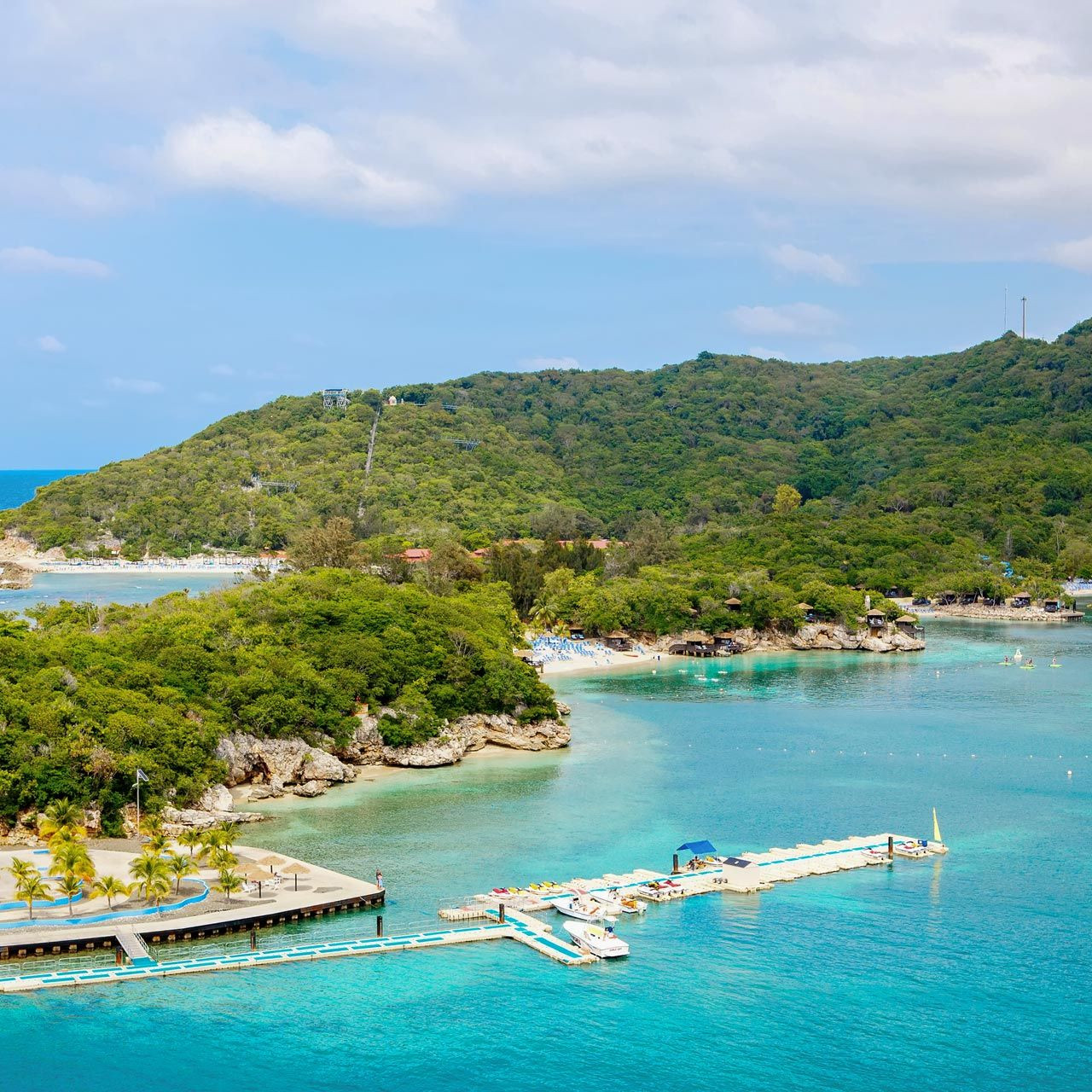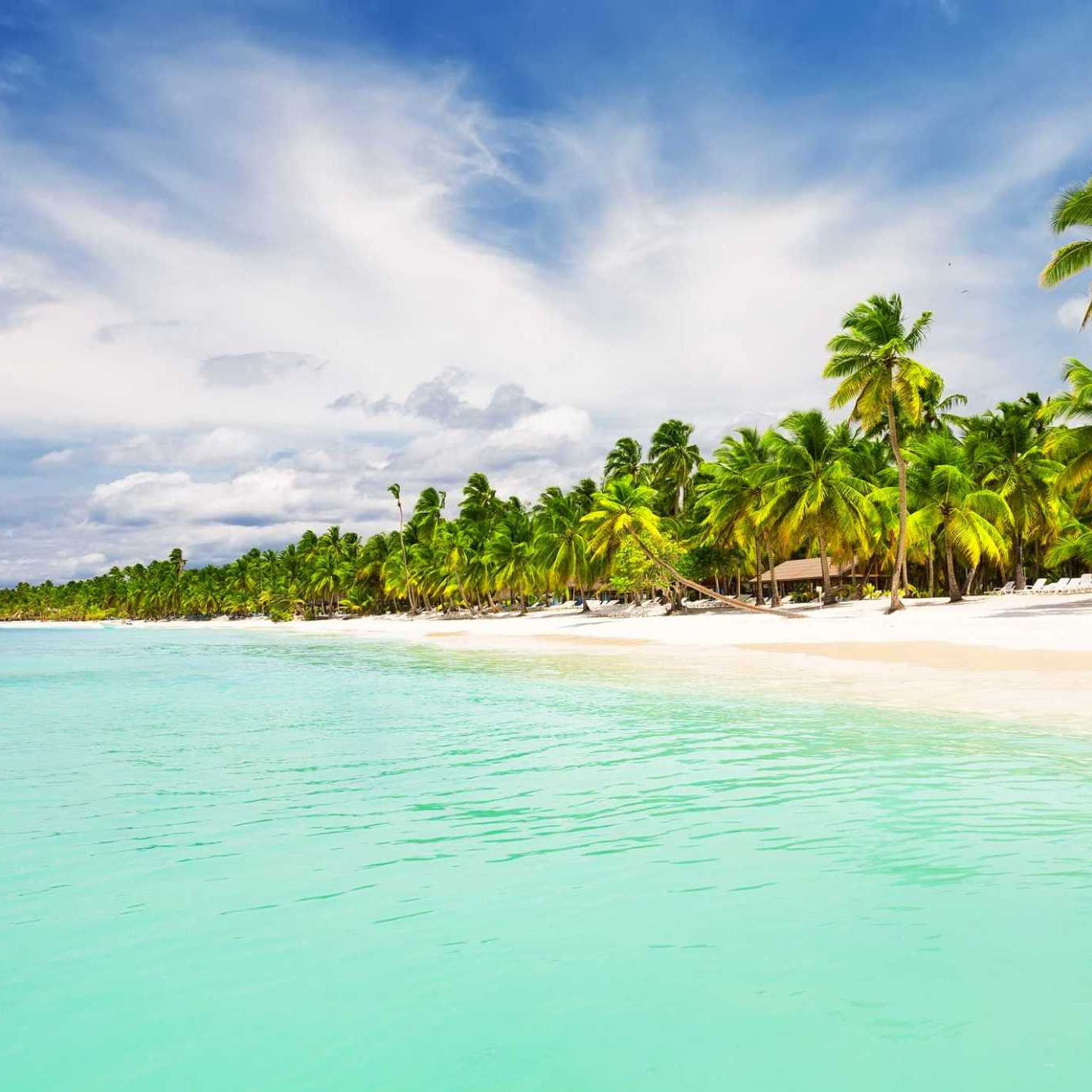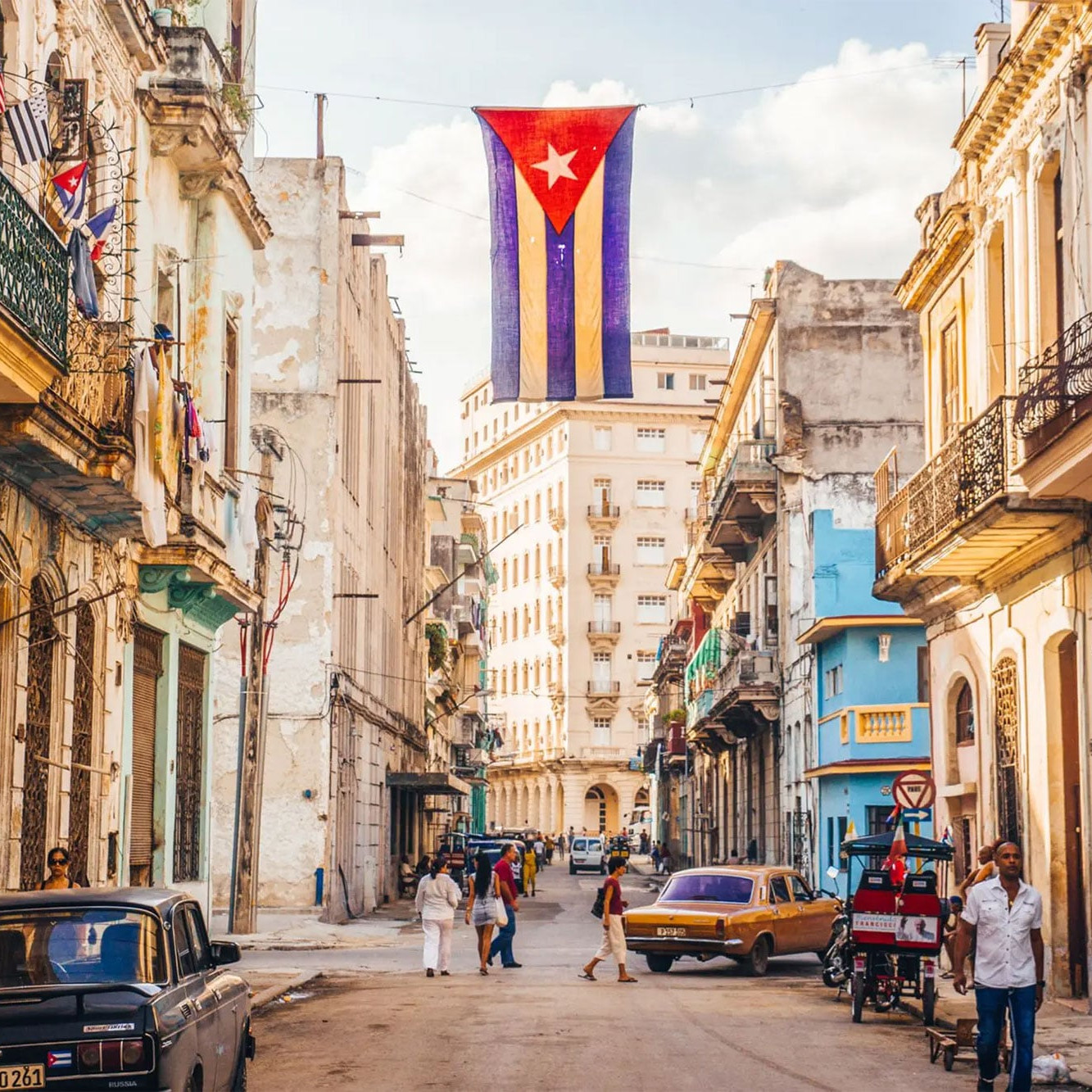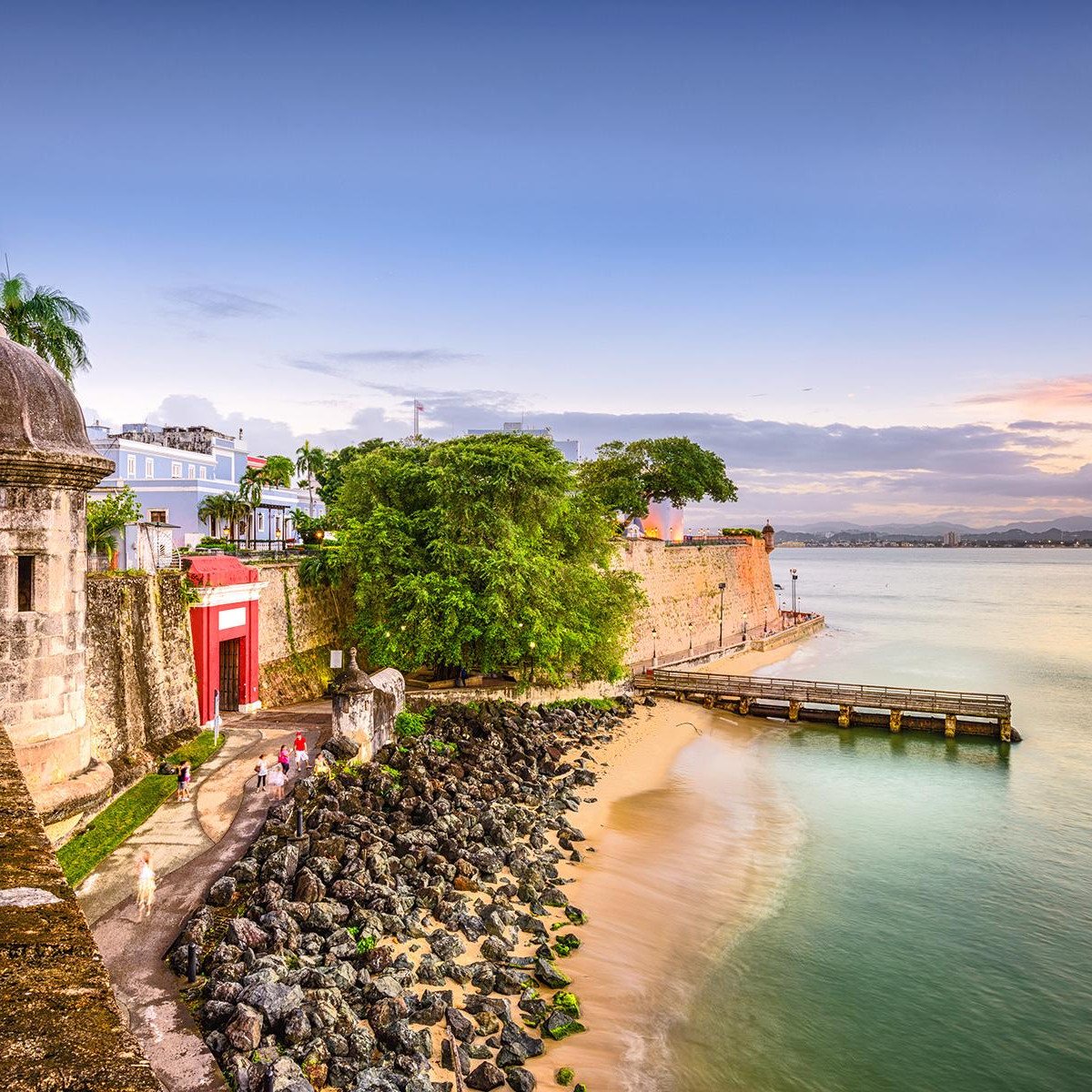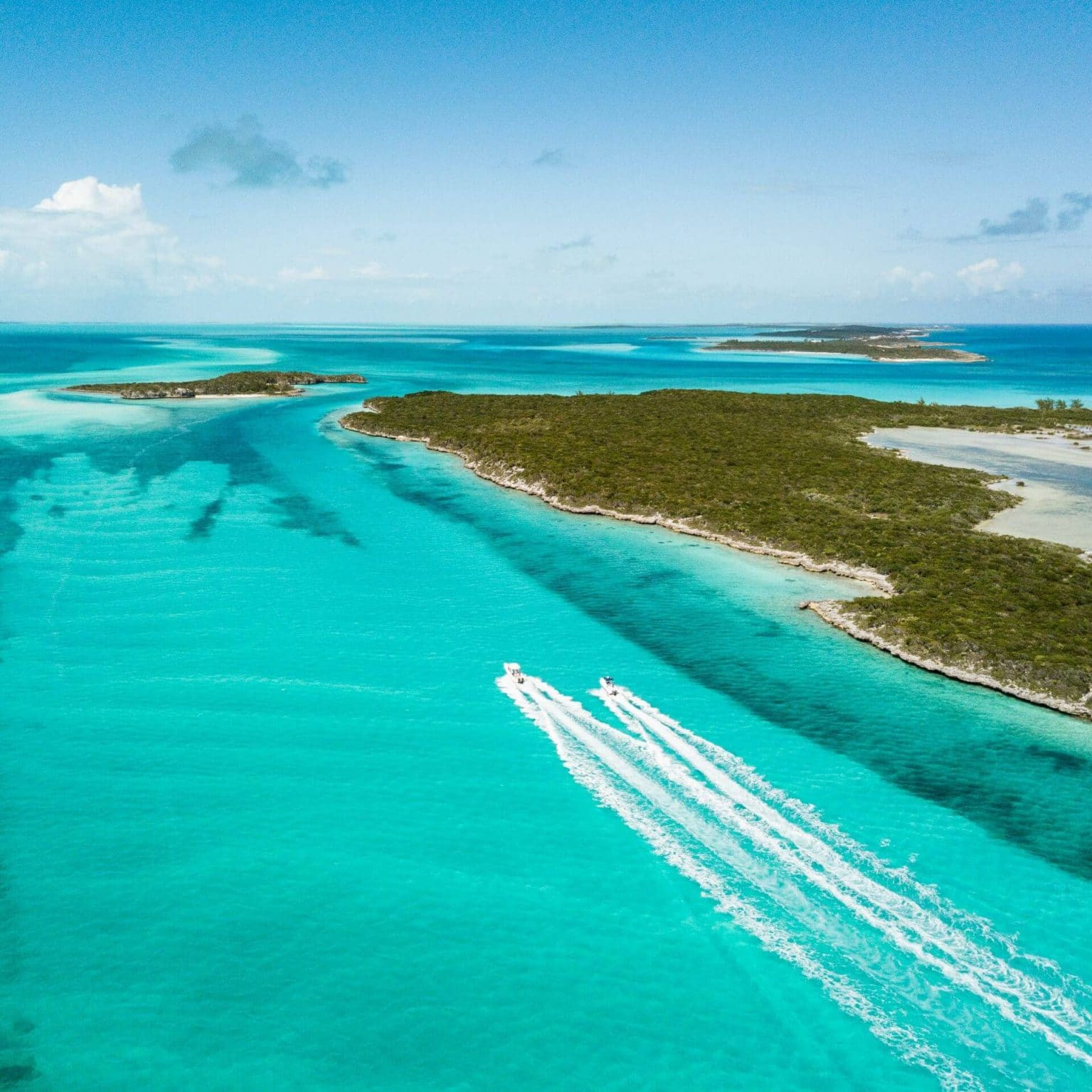Located in The Caribbean 37 miles (60 km) north of the coast of Venezuela, Curaçao is famous for its picturesque dutch architecture, rugged landscapes and beautiful beaches, bays and coves. Surrounded by turquoise waters, there is a lot of fun in the sun here in Curacao. Together with Aruba and Bonaire, they are called the “ABC” Islands.
Why Visit Curaçao
DIVERSE CULTURE
Curaçao was settled by the Arawak indigenous people, and then colonized by the Spanish and later the dutch. Although it is a very small island, Curaçao is one of the most diverse Caribbean islands, with over 55 different cultures living peacefully together, with 4 different languages spoken in the island: Spanish, Dutch, English and Papiamento. A melting pot of European, African and Latin american culture.
BEACHES
Surrounded by turquoise waters, its beaches is one of the main reasons why people visit Curaçao. Just like its neighbors, the beaches of Curaçao feature white sand and warm waters, and thanks to its ideal weather, sun is available all year long. The island is home to over 35 cove-style beaches, ideal for diving in Curacao and to discover its colorful marine life.
FOODIE DESTINATION
Curaçao has been a trendy foodie destination, offering unique exotic dishes like Iguana, as well as European favorites and eclectic fusion food, thanks to its melting pot of cultures and diverse influences. Don’t forget to try the iguana soup, funchi, bitterballen, and the sweet potato pancakes!
COLORFUL ARCHITECTURE
Curaçao is famous for its colorful buildings in its capital city of Willemstad, which became a UNESCO World Heritage site in 1997. History says that they were once all white, and after a local recommendation from a doctor who advised to paint all houses to protect the citizens eyesight, and without any further regulations, it resulted in this unique and colorful architecture tapestry.
AFFORDABLE
Curaçao is a good destination for every type of traveler, offering both luxury and on budget accommodation to fit everybody’s budget. It is definitely cheaper than its neighbors, while offering similar attractions and activities.
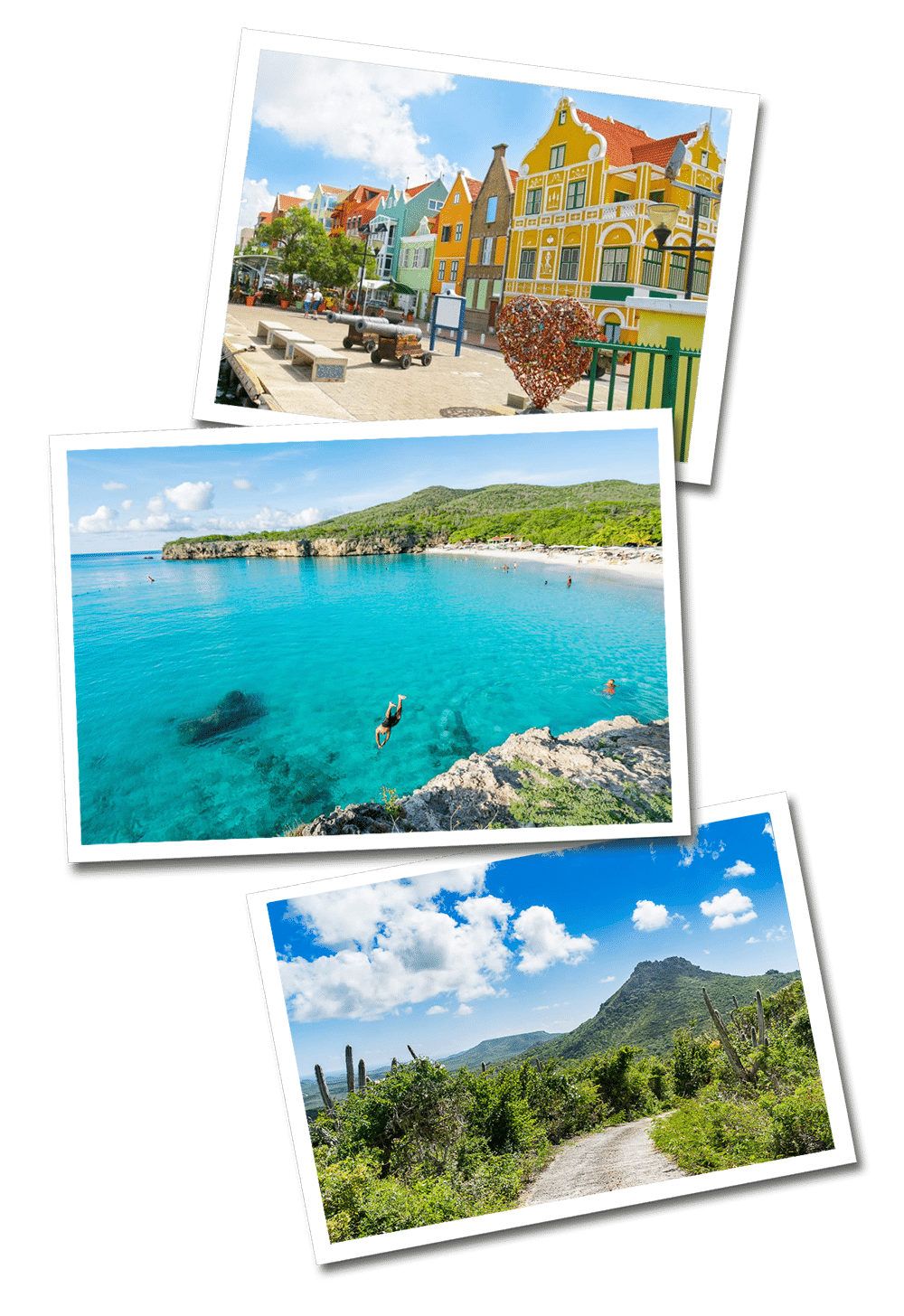
Located in The Caribbean 37 miles (60 km) north of the coast of Venezuela, Curaçao is famous for its picturesque dutch architecture, rugged landscapes and beautiful beaches, bays and coves. Surrounded by turquoise waters, there is a lot of fun in the sun here in Curacao. Together with Aruba and Bonaire, they are called the “ABC” Islands.
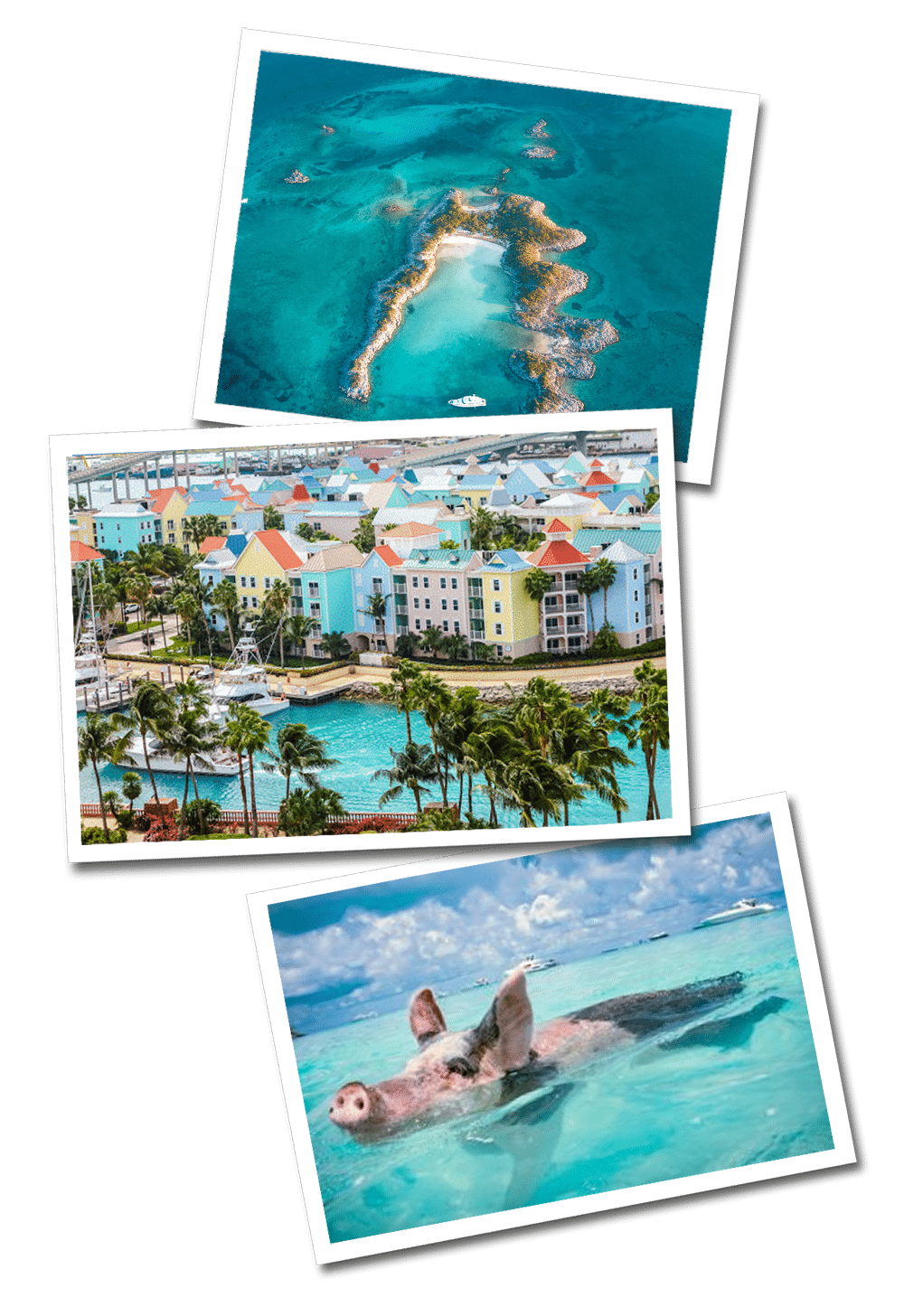
Why Visit Curaçao
DIVERSE CULTURE
Curaçao was settled by the Arawak indigenous people, and then colonized by the Spanish and later the dutch. Although it is a very small island, Curaçao is one of the most diverse Caribbean island, with over 55 different cultures living peacefully together, with 4 different languages spoken in the island: Spanish, Dutch, English and Papiamento. A melting pot of European, African and Latin american culture.
BEACHES
Surrounded by turquoise waters, its beaches is one of the main reasons why people visit Curaçao. Just like its neighbors, the beaches of Curaçao feature white sand and warm waters, and thanks to its ideal weather, sun is available all year long. The island is home to over 35 cove-style beaches, ideals for divers and to discover its colorful marine life.
FOODIE DESTINATION
Curaçao has been a trendy foodie destination, offering unique exotic dishes like Iguana, as well as European favorites and eclectic fusion food, thanks to its melting pot of cultures and diverse influences. Don’t forget to try the iguana soup, funchi, bitterballen, and the sweet potato pancakes!
COLORFUL ARCHITECTURE
Curaçao is famous for its colorful buildings in its capital city of Willemstad, which became a UNESCO World Heritage site in 1997. History says that they were once all white, and after a local recommendation from a doctor who advised to paint all houses to protect the citizens eyesight, and without any further regulations, it resulted in this unique and colorful architecture tapestry.
AFFORDABLE
Curaçao is a good destination for every type of traveler, offering both luxury and on budget accommodation to fit everybody’s budget. It is definitely cheaper than its neighbors, while offering similar attractions and activities.
- Name: Curaçao
- Capital: Willemstad
- Official Languages: Papiamento, Dutch, English
- Currency: Netherlands Antillean guilder
- Time Zone: UTC-4
- Name: Curaçao
- Capital: Willemstad
- Official Languages: Papiamentu, Dutch, English
- Currency: Netherlands Antillean guilder
- Time Zone: UTC-4
Bucket List
What to expect
LANGUAGE
he official languages of Curacao are Dutch, Papiamento, and English. Papiamento is a unique creole language that blends elements of Portuguese, Spanish, Dutch, and African languages. It is widely spoken by the local population and is often used for everyday communication. English is also widely understood and spoken, especially in tourist areas, making it easy for visitors to communicate with locals during their stay.
ELECTRICITY
The standard voltage is 120V and the frequency is 60 Hz. That’s the standard voltage in the american continent; If you are traveling from the EU you will need an adaptor.
CURRENCY
The Netherlands Antillean guilder is the official currency of Curaçao. USD are widely accepted. Other foreign currencies, like euros, can only be exchanged at the bank. Credit cards are widely accepted (Visa and Mastercard) and ATMs are easy to find. You can exchange your currency at the bank, airport, exchange houses or withdraw directly from the ATM. 1 USD equals 1.80 ANG (as of 2023).
CLIMATE
Curaçao has a tropical weather with plenty of sunshine, heat and humidity all year round. Temperatures will range between 70 °F – 80 °F (21 °C-26 °C).
SAFETY
Curaçao is safe to visit. However, petty crime do exists, and some violent crime can be seen in poor neighborhoods. Exercise caution like you would anywhere else and try to avoid walking alone in remote areas, as well as trying not to leave your belonging in the car. Use your common sense.
How to get around
- Rental Cars: Renting a car is a popular choice for tourists as it provides the most flexibility to explore the island at your own pace. Several car rental agencies operate on the island, and you can arrange a rental car either before your trip or upon arrival at the airport. Remember to drive on the right side of the road in Curaçao.
- Taxis: Taxis are readily available throughout the island, particularly at popular tourist areas, hotels, and the airport. It’s advisable to negotiate the fare in advance or ensure that the meter is used. Official taxis in Curaçao are recognizable by their blue license plates.
- Public Buses: Curaçao has a public bus system known as “Konvooi.” These buses offer affordable transportation to different parts of the island, including popular beaches and towns. The buses are color-coded, and schedules are available at the bus terminals. It’s important to note that bus service may be less frequent on weekends and holidays.
- Scooters and Motorcycles: For those seeking a more adventurous way to get around, renting a scooter or motorcycle is an option. It allows you to easily navigate through traffic and explore the island’s scenic routes. Several rental companies offer scooters and motorcycles for rent, and you must have a valid driver’s license to operate them.
- Bicycles: Curaçao has a growing network of bicycle paths, making it a great option for eco-conscious travelers. Renting a bicycle is a fun and active way to explore the island, especially in the more compact areas. Bicycles can be rented from various rental shops, and some accommodations also offer complimentary bicycles to their guests.
Visa Policy
Curacao has a straightforward visa policy for tourists, and the requirements vary depending on the traveler’s nationality. Citizens of certain countries are exempt from obtaining a visa and can enter Curacao for tourism purposes without a visa for a specified period. Other nationalities are required to obtain a visa before traveling to Curacao. Here is an overview of the visa policy for tourists visiting Curacao:
Visa Exemption: Citizens of the following countries can enter Curacao for tourism without a visa for a maximum stay of 90 days within a 180-day period: European Union member states, the United States, Canada, Australia, New Zealand, Japan, South Korea, and many Latin American countries.
Visa Requirement: Travelers from countries not included in the visa exemption list are required to obtain a visa before their arrival in Curacao. The visa application should be submitted to the nearest Dutch embassy or consulate. The visa allows for a stay of up to 90 days within a 180-day period and can be extended if necessary.
Schengen Visa: Travelers who hold a valid Schengen Visa issued by a Schengen area country can also visit Curacao without a separate visa. The Schengen Visa allows for a stay of up to 90 days within a 180-day period.
Transit Visa: Travelers transiting through Curacao without leaving the airport do not require a visa if they have onward travel documents and stay within the transit area of the airport.
It’s important to note that visa policies can change, and it is advisable to check with the nearest Dutch embassy or consulate in your country for the most up-to-date and accurate information regarding visa requirements for your specific nationality. It is also recommended to apply for the visa well in advance of your planned travel to allow for sufficient processing time.
SUBSCRIBE!
Are you a globetrotter? Join our platform and get exclusive travel tips, getaways and more!
Aruba
Travel Aruba, a small Dutch island located outside of the hurricane belt, offering some of the best white sand beaches of the region.
Haiti
Travel Haiti, a country full of history and rich in culture, with beautiful beaches and stunning mountain regions. Here are some of the..
Dominican Republic
Travel the Dominican Republic, one the most geographically diverse countries in the area, boosting stunning natural wonders and beaches..
Cuba
Visit Cuba, a country that offers colorful architecture, friendly locals, beautiful beaches, natural attractions and one of the best..
Puerto Rico
Travel Puerto Rico, an archipelago well known for its interesting history and diverse heritage, with colonial architecture, beautiful..
Aruba
Travel Aruba, a small Dutch island located outside of the hurricane belt, offering some of the best…
Bahamas
Plan your dream trip to the Bahamas with top island picks, local insights, and off-the-beaten-path…
Haiti
Travel Haiti, a country full of history and rich in culture, with beautiful beaches and stunning…


